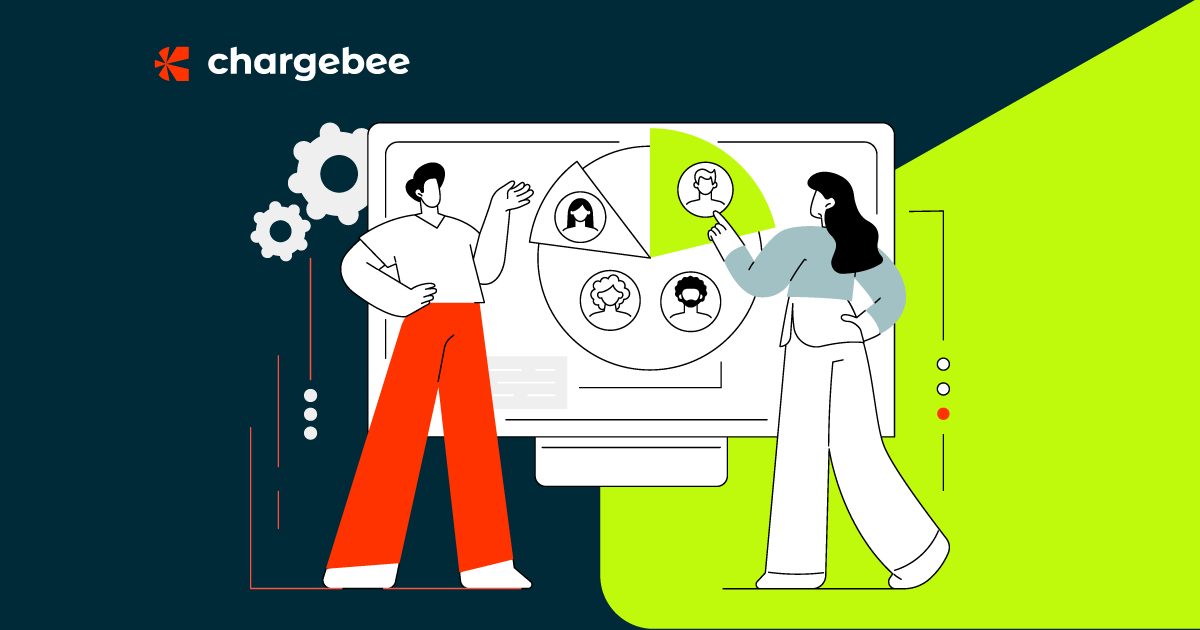
Understanding your target market is crucial from the beginning to ensure that your product will be accepted by them.
At a higher level, you can easily define your target market. For example, BaseCamp by 37 Signals is aimed at helping workers track and collaborate on different projects on one interface. Defining the overall target audience is usually a good starting point to knowing the types of messages to create to drive marketing and sales.
However, in many cases, SaaS founders need to drill down into their target audience to really understand their market. Why? The truth is that a service can appeal to different buyers that may have different goals and needs. As a result, a one-size-fits-all marketing is bound to fail because of the lack of pinpoint focus.
To increase your trial and paid conversions, you need to know your primary audience, what they are looking for, and what their sources of friction are. If your target audience is “everyone”, your chances of conversions are really low.
The Importance of Identifying Your Target Market
To understand your target audience, you need to segment the different types of buyers. Segmentation can be done based on various factors such as budgets, needs, decision makers, problems and goals.
Here are five considerations that will help you identify your market:
a) Audience
Who are the target buyers and how will you get them? Find out the sites they visit, the blogs they read, where they hang out on social media and what stuff they search on Google that is related to your service. Also, what questions do they ask about your product and which keywords do they type on search engines?
b) Description
How do they describe the service you offer? Your product may be correctly identified using a technical term in your industry. But does your target market use that industry term when describing the product?
c) Decisions
How do they compare and choose products? Do they look at features or prices? Are they looking for a specific feature? How will you create and prioritize your content to help the users choose your service?
d) Need
What problem is your target audience looking to solve? How will they benefit from your product than they do from the available solutions in the marketing? Your value proposition should address the needs of the audience. Knowing your audience’s need will also help you create content that is relevant to them.
e) Benefits
How will your customers benefit from your service? Communicating the end benefits helps to improve conversions.
What you may be discover by segmenting your market is slight, but important differences that will be crucial to conversions. The differences can impact how the prospect should be pitched to enter the sales funnel. Moreover, it becomes easier to approach prospects with cold calls or online marketing since you know their goals and needs.
Robert Bloom goes deeper on how to approach target audience in his book “The Inside Advantage”. The book has a lot of examples that SaaS startups can learn from. For instance, there is a story about how P&G struggled to sell its Swifter Web Mop to women, while the real audience that wanted the product was Italians. After this discovery, the company reworked its messaging and the Swifter Web Mop became a bestseller in Italy.
Find Your Target Audience
There are many ways through which you can create buyer personas. You can hire an inbound marketing agency to help you define the characteristics or your audience. If you prefer doing things by yourself, you may find the Personapp invaluable.
You can find your target audience through primary and secondary market research. Primary research basically means learning about the customer through direct contact such as:
i) Focus groups:
You can get feedback about your product from a small group of customers who fit your buyer persona. This feedback can be given through group discussions and Q&A sessions.
ii) Interviews:
Talk to your trusted customers about your product. If you are attending a trade show, stand at a high-traffic area and ask visitors at your booth a few questions about your service. You can also use social media to get feedback from your customers.
iii) Surveys:
Distribute surveys to your potential and existing customers through web based services like SurveyMonkey and Zoomerang. You can also send email and paper surveys.
The answers you get from the primary research data will help you assemble the initial customer profile. There are also many apps that can help you learn more about your customers.
On the other hand, secondary research means learning about your market through other methods, e.g. industry reports that you were not directly involved with.
When to Use Assumptions
If you do not have hard data about your market, you can use assumptions. These should not just be random, but intelligent assumptions based on evidence and your experience.
The traditional way of defining the market involves determining the sex, age, geographic location and needs of the potential customers. The data to take will depend on whether you are a B2B or B2C company.
However, these may not be the best data to consider for SaaS startups. For example, location is most of the time useless for SaaS companies since their services are available on the cloud. Instead of these traditional data, you should answer three questions related to pain, need and lifestyle.
- What is the pain of your target market?
- What are the needs of your market? Which needs are not being met?
- Who are the target customers? What is their business situation or lifestyle?
Talk to People
The Internet will not always give you all the data you need. Sometimes you need to get outside to gather your data. Talking to customers will give you a good idea on whether your product is any good or is needed in the market. Steve Blank, the author of The Startup Owner’s Manual advocates that startups should talk to customers to know the likelihood of their products converting.
Don’t assume you know what the market wants. All decisions you make should be based on data rather than intuition. Go out and meet your prospects, hold workshops and attend industry forums and events. This way, you will be able to know what your customers really want so that you can incorporate in your product.
Knowing your prospects is one of the primary things startups need to identify from the onset. The profile of your prospects should guide you in your marketing approach as well as product development. Building a product and then looking for an audience is usually a recipe for failure.
When starting up your SaaS company, strive to grow with your audience. Keep in touch with your users through email, social media and blogs to know what features they want and get other important feedback about your product.





